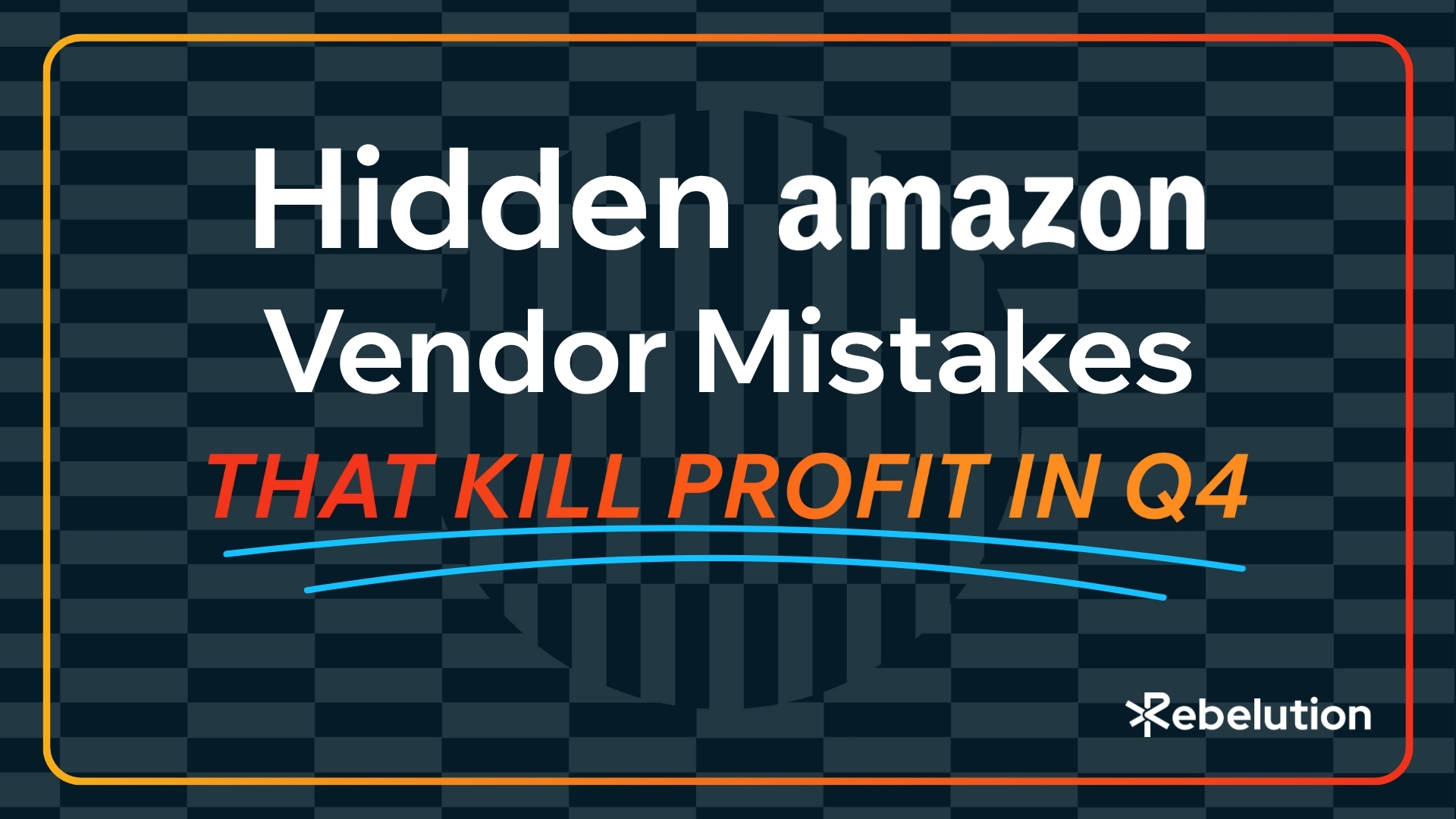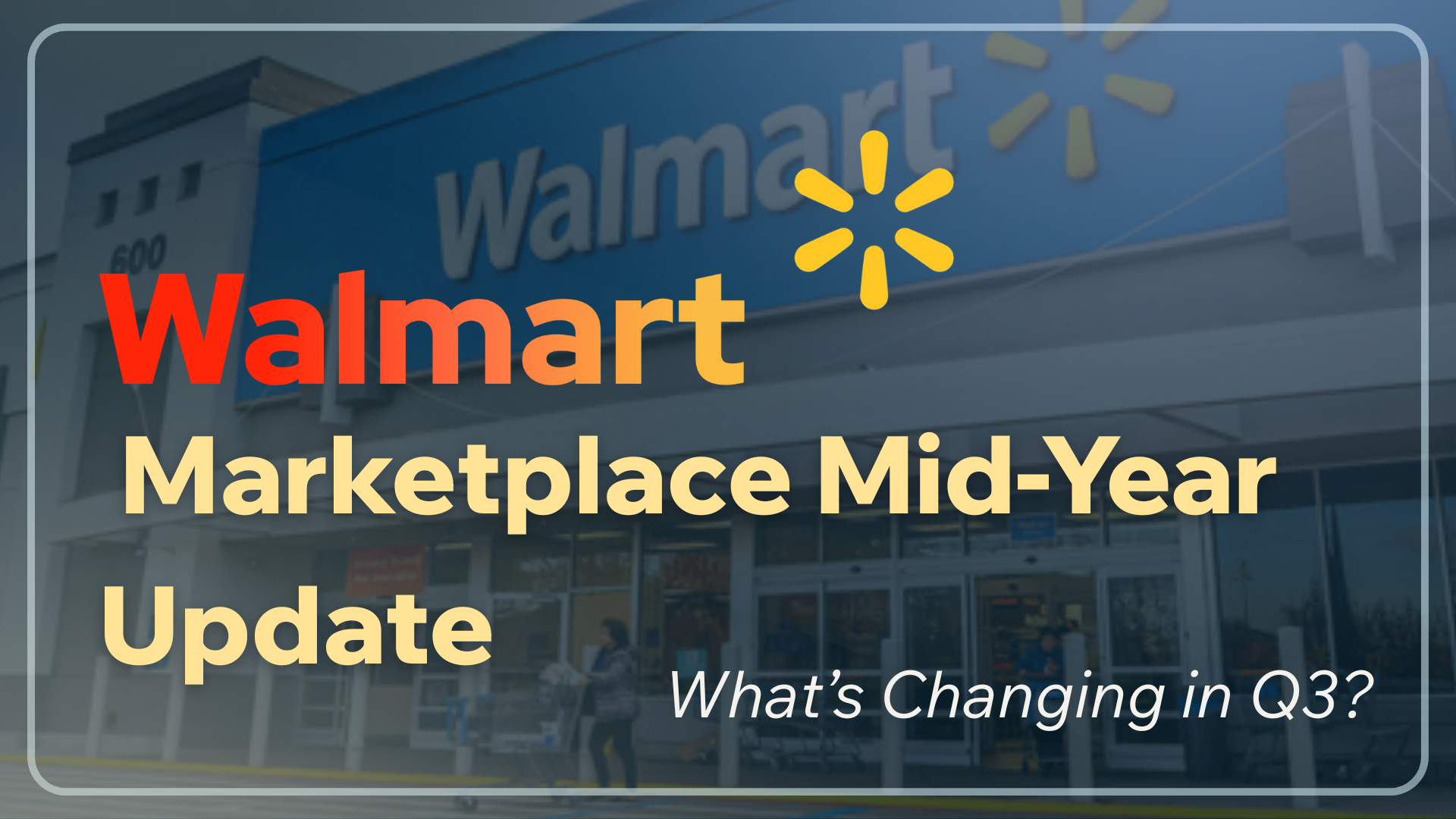Outsourcing vs. In-House Warehousing: Which is Right for Your Business?
In the world of supply chain management, choosing between outsourcing your warehousing needs or keeping them in-house is a critical decision that can impact your business’s efficiency, flexibility, and bottom line. While both options have their merits, the right choice depends on your specific operational needs, growth ambitions, and financial priorities. Let’s break down the pros and cons of each approach to help you consider which one is best for your business.
The Case for Outsourced Warehousing
Outsourcing your warehousing to a third-party logistics (3PL) provider is a popular choice for businesses looking to streamline their operations without heavy capital investment. According to IBISWorld, the Third-Party Logistics (3PL) Industry in the US has grown over 2% per year from 2018 to 2023, and here’s why:
Advantages of Outsourcing
- Cost-Effective One of the most significant benefits of outsourcing is the potential cost savings. You pay only for the space you need, which translates to reduced upfront investments in land, building, and equipment. Additionally, 3PL providers often handle staffing, maintenance, and equipment costs, leaving you with lower and more predictable operational expenses.
- Scalability
Outsourcing offers the flexibility to scale operations quickly, whether you’re experiencing seasonal demand spikes or rapid growth. With a 3PL, you can easily increase or decrease your storage space and logistical capabilities without the need for lengthy construction or hiring processes. - Access to Expertise and Technology
3PL companies are specialists in logistics and warehousing. By partnering with them, you gain access to cutting-edge technologies like automated storage systems, inventory management tools, and even robotics—without the need to invest in them yourself. This can improve efficiency and enhance your supply chain’s performance. - Fast Implementation
Building and setting up your own warehouse can take months, if not years. Outsourcing allows you to bypass this waiting period. With an established 3PL, your business can start using warehouse services almost immediately, ensuring minimal disruption to your operations.
Challenges of Outsourcing
- Loss of Control
One of the most common drawbacks is the lack of direct oversight. Since a third party manages the day-to-day operations, you may have limited control over staffing, workflows, and even some aspects of customer service. This can make it challenging to ensure that everything aligns with your brand’s standards. - Potentially Rigid Processes
While 3PL providers offer scalability in terms of space and resources, you may have less flexibility when it comes to tailoring operational processes. If you require rapid changes to your logistics strategies, working with a third party could slow down those efforts due to the added layers of communication and approval. - Geographic Limitations
Although there are thousands of warehouse locations globally, they may not always align perfectly with your logistical needs. For instance, if your primary market is in California but your 3PL only has facilities in New Jersey, you may face longer lead times and increased shipping costs.
The Case for In-House Warehousing
On the flip side, maintaining your own warehouse gives you full control over every aspect of your logistics operations. For businesses that value operational autonomy and can afford the upfront costs, in-house warehousing can be a compelling option.
Advantages of In-House Warehousing
- Full Control
If control over your logistics operations is a priority, in-house warehousing is the way to go. You manage everything from staffing to workflows, allowing you to implement tailored processes that fit your business model perfectly. - Operational Flexibility
In-house facilities enable you to quickly adapt to changing business needs. You can reconfigure storage layouts, experiment with new technology, or implement sustainability initiatives without needing approval from a third party. - Sustainability and Customization
When you build and manage your warehouse, you have the opportunity to incorporate eco-friendly features from the ground up. This could include energy-efficient lighting, natural ventilation, and advanced waste management systems that reduce your facility’s carbon footprint.
Challenges of In-House Warehousing
- High Capital Investment
Building and maintaining your own warehouse requires a significant upfront investment in land, construction, and equipment. Additionally, the ongoing costs of staffing, training, and facility maintenance can weigh heavily on your operating budget. This capital expense can take years to recoup, making it a risky venture for smaller or rapidly growing businesses. - Limited Scalability
If your business experiences sudden growth, expanding your in-house warehousing capabilities can be a slow and expensive process. It requires either additional construction or retrofitting, which can disrupt current operations and delay fulfillment. - Risk of Underutilization
With in-house warehousing, there’s always the risk of underutilizing your space, especially during off-peak seasons. Empty shelves or excess capacity can eat into your profits, making it harder to justify the ongoing operating costs.
So, Which Option is Right for Your Business?
The answer depends on your specific needs. Here are a few key questions to guide your decision:
- Do you need flexibility in scaling your operations?
- Are you more focused on cost savings or operational control?
- Is your business expanding into new markets where geographical reach is critical?
- Do you have the capital to invest in a long-term in-house solution, or would you prefer lower upfront cost
If you answered yes to most of the questions around flexibility, cost-effectiveness, and geographical expansion, outsourcing might be the right path for you. On the other hand, if maintaining control over every aspect of your logistics and building a sustainable, long-term solution is more important, then in-house warehousing could be your best bet.
Whatever you decide, ensuring that your warehousing strategy aligns with your overall business goals is essential for long-term success. Curious to learn more? Subscribe to our newsletter and contact the Rebelution team today.

Author
Digital Marketing Specialist & Analyst
Meghan Lowery
Meghan is a digital marketing specialist and analyst at Rebelution eCommerce, focusing on internal strategies. With a strong background in market analysis and initiative development, she enhances internal communications and ensures marketing efforts align with business goals. Her strategic approach improves the efficiency and impact of Rebelution’s marketing operations.



.jpg)







.jpg)




